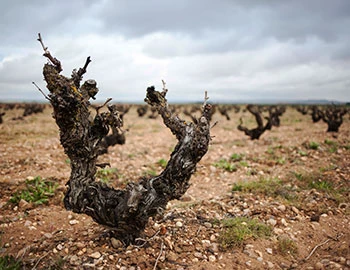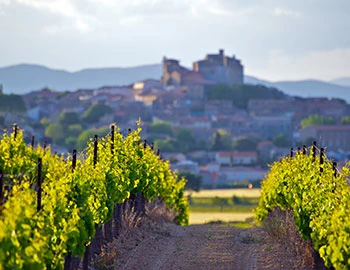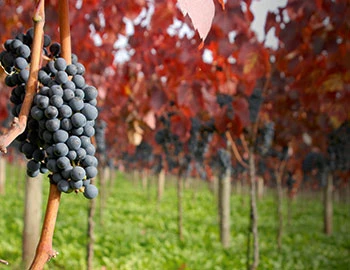Carnuntum
Carnuntum: Red finesse in Zweigelt country
With a cultivation area of just 910 hectares, stretching from Vienna’s city limits to the Slovak border, Carnuntum is one of Austria’s smallest wine regions. However, a wide diversity of red wines is cultivated here, from drinkable Zweigelt Rubin to multi-faceted Blaufränkisch from Spitzerberg to Merlot and Cabernet Sauvignon. Also highly interesting is the interplay between Bordeaux varieties and the native Zweigelt and Blaufränkisch cultivars.
Carnuntum is a small wine country with a long history: ultimately, the name derives from a large military camp in the Roman city immediately adjacent, which had their heyday in the 1st century CE. Even in ancient Carnuntum, wine was produced. The success of Carnuntum wines in the last few decades is closely linked to the Zweigelt variety, which Professor Zweigelt crossed from St Laurent and Blaufränkisch in 1922. Thanks to the warm Pannonian climate that prevails in the growing season, the variety ripens perfectly here. In contrast to the often corpulent Zweigelt wines from Lake Neusiedl, Carnuntum Zweigelt is fruity and well structured, with robust tannins and juicy acidity, making it a perfect food pairing. Rubin Carnuntum was created in 1992 as a prototype of this style, and is produced today by over 40 winemakers according to exact specifications.
Blaufränkisch makes a splash
In recent years, the Carnuntum wine country has gained new facets. Most interesting is the development of the area’s eastern extremity, almost in the commuter belt of the Slovakian capital, Bratislava. Here, in the Hundsheimer Mountains near Spitzerberg, highly independent Blaufränkisch crus with great elegance and finesse mature in soils marked by mica schist, granite gneiss, limestone and sand.
Successful assemblages
Merlot and Cabernet Sauvignon can also mature perfectly in Carnuntum. Consequently, the top assemblages from certain winemakers are among the best red wines of the region, in which Bordeaux varieties join together with Zweigelt, or even Blaufränkisch.
The Carnuntum region spans three hill zones. Vines take root in soils characterized by heavy clay with varying proportions of lime and sandy-gravelly formations. Annual sunshine is high by Austrian standards, at 2,000 hours.



